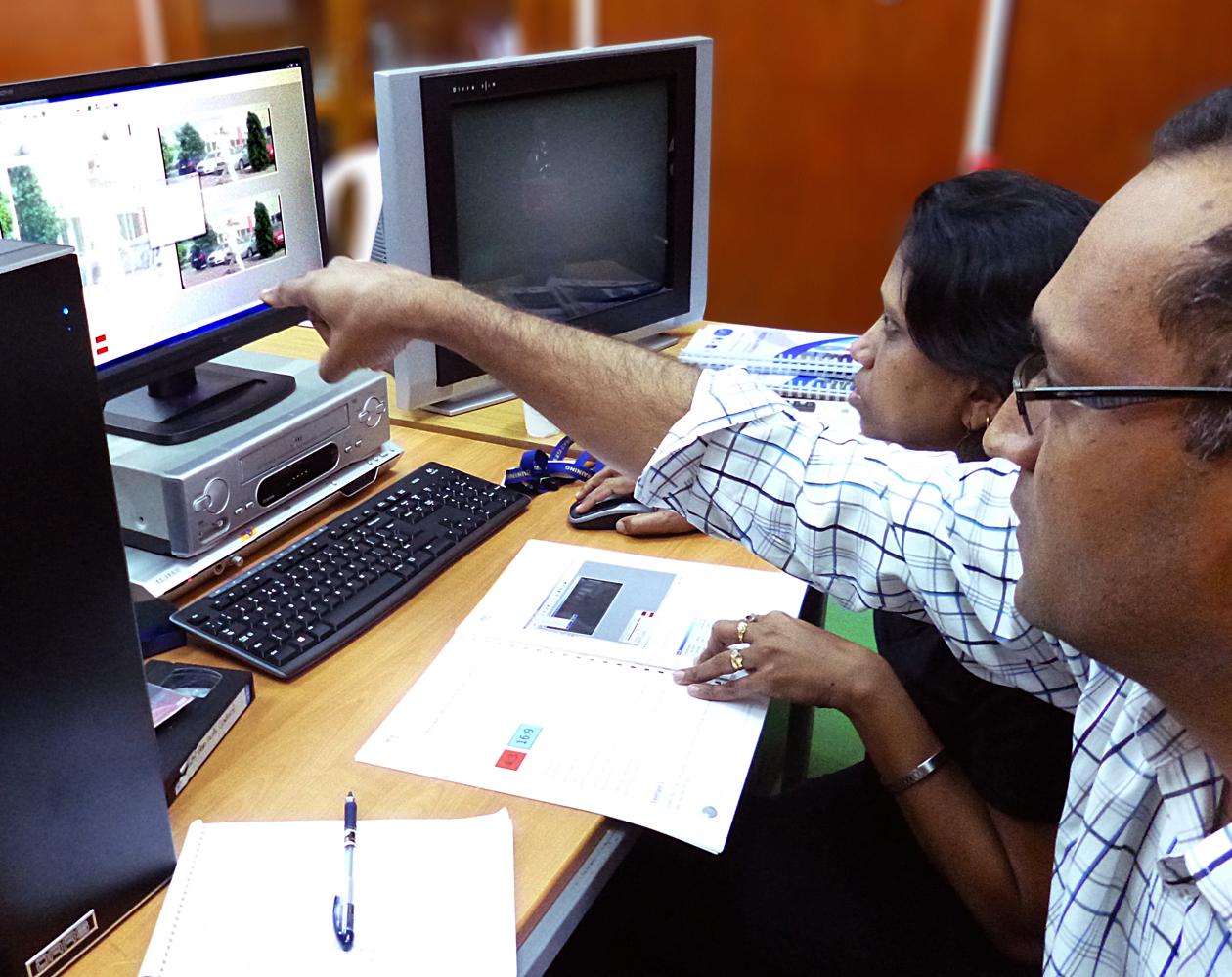A Guide to Best Practices in Forensic Analysis

Forensic analysis is a crucial component of the digital investigation process, helping to uncover important evidence that can be utilized in various legal and investigative matters. In today's digital age, it is more important than ever to ensure that forensic analysis is conducted accurately and efficiently. In this guide, we will explore the best practices in forensic analysis, covering everything from data acquisition to reporting.
What is Forensic Analysis?
Forensic analysis, also known as digital forensics, is the process of collecting, preserving, analyzing, and presenting digital evidence in a way that is admissible in a court of law. This can involve extracting information from computers, mobile devices, and other digital sources to uncover evidence of criminal activity, fraud, or other illicit behavior.
Data Acquisition
The first step in forensic analysis is data acquisition, where the investigator collects all relevant evidence from the digital devices in question. This can involve creating a forensic image of a hard drive or extracting data from a mobile device using specialized tools. It is essential to ensure that the data is collected in a forensically sound manner to maintain the integrity of the evidence.
Evidence Preservation
Once the data has been acquired, it is crucial to preserve the evidence to prevent any tampering or alteration. This involves storing the data in a secure environment and implementing strict access controls to ensure that only authorized personnel can view or manipulate the evidence.
Analysis and Examination
The next step in forensic analysis is the analysis and examination of the collected evidence. This can involve searching for relevant files, emails, or other documents, as well as recovering deleted data or hidden information. Forensic analysts use a variety of tools and techniques to analyze the evidence thoroughly and identify any potential leads.
Reporting
Finally, the findings of the forensic analysis are compiled into a detailed report that outlines the methods used, the evidence recovered, and any conclusions drawn from the analysis. The report should be clear, concise, and well-organized, making it easy for others to understand the findings and conclusions of the investigation.
Best Practices in Forensic Analysis
To ensure that forensic analysis is conducted effectively, it is essential to follow best practices throughout the investigation process. Some key best practices include:
-
Maintaining Chain of Custody: It is crucial to maintain a strict chain of custody for all evidence collected during the investigation to ensure its admissibility in court.
-
Adhering to Legal and Ethical Standards: Forensic analysts must adhere to all relevant legal and ethical standards when conducting their investigations to protect the integrity of the evidence.
-
Documenting the Process: It is essential to document all steps taken during the forensic analysis process, including data acquisition, analysis, and reporting, to ensure transparency and accountability.
-
Continuing Education and Training: Forensic analysts should regularly update their skills and knowledge through ongoing education and training to stay current with the latest tools and techniques in the field.
-
By following these best practices, forensic analysts can ensure that their investigations are conducted accurately, efficiently, and ethically, leading to a successful outcome for all parties involved.
Conclusion
Forensic analysis plays a crucial role in modern investigations, helping to uncover important evidence that can be used in legal proceedings. By following best practices in forensic analysis, investigators can ensure that their investigations are conducted effectively and ethically, leading to a successful outcome. Remember to always maintain a chain of custody, adhere to legal and ethical standards, document the process, and continue your education and training to stay current in the field. By following these guidelines, forensic analysts can make a significant impact in solving crimes and bringing justice to those who need it.
- Questions and Answers
- Opinion
- Motivational and Inspiring Story
- Technology
- Live and Let live
- Focus
- Geopolitics
- Military-Arms/Equipment
- Ασφάλεια
- Economy
- Beasts of Nations
- Machine Tools-The “Mother Industry”
- Art
- Causes
- Crafts
- Dance
- Drinks
- Film/Movie
- Fitness
- Food
- Παιχνίδια
- Gardening
- Health
- Κεντρική Σελίδα
- Literature
- Music
- Networking
- άλλο
- Party
- Religion
- Shopping
- Sports
- Theater
- Health and Wellness
- News
- Culture

